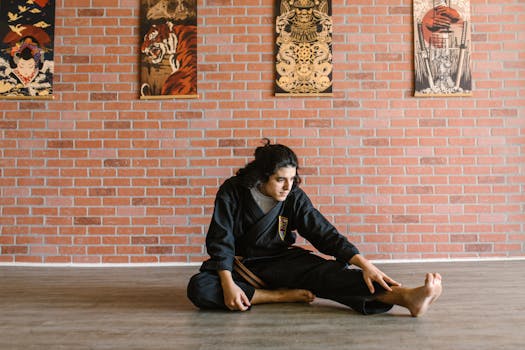Judo: The Art of Throwing, Pinning, and Strangling
Judo, a martial art that originated in Japan in the late 19th century, is renowned for its emphasis on throwing, pinning, and strangling techniques. Founded by Jigoro Kano, judo translates to “the gentle way,” highlighting its focus on using an opponent’s force against them rather than relying solely on brute strength. This article delves into the core techniques of judo, the discipline it instills, and the respect that is fundamental to its practice.
The Core Techniques of Judo
Judo techniques can be broadly categorized into three main areas: throwing, pinning, and strangling. Each of these techniques plays a crucial role in the effectiveness of a judoka (judo practitioner) during a match.
Throwing Techniques
Throwing techniques, or “nage-waza,” are perhaps the most visually striking aspect of judo. They involve using leverage and balance to throw an opponent to the ground. Some of the most common throwing techniques include:
- Seoi Nage: A shoulder throw that involves pulling the opponent forward while turning to throw them over your shoulder.
- O Goshi: A hip throw that utilizes the judoka’s hip as a pivot point to lift and throw the opponent.
- Uchi Mata: An inner thigh throw that targets the opponent’s balance by lifting their leg while sweeping them off their feet.
According to a study published in the Journal of Sports Science and Medicine, effective throwing techniques can significantly increase a judoka’s chances of winning a match, as they often lead to immediate points or advantageous positions.
Pinning Techniques
Pinning techniques, or “osaekomi-waza,” are used to immobilize an opponent on the ground. The goal is to hold the opponent down for a specified period, typically 20 seconds, to score points. Key pinning techniques include:
- Kesa Gatame: A scarf hold that involves controlling the opponent’s upper body while lying perpendicular to them.
- Yoko Shio Gatame: A side hold that restricts the opponent’s movement by applying pressure from the side.
- Tate Shio Gatame: A full mount position that allows for maximum control over the opponent.
Mastering these techniques requires not only physical strength but also strategic thinking and timing, making them essential skills for any judoka.
Strangling Techniques
Strangling techniques, or “shime-waza,” are used to apply pressure to the opponent’s neck, leading to a submission. These techniques require precision and control, as they can quickly incapacitate an opponent. Common strangling techniques include:
- Hadaka Jime: A naked choke that uses the opponent’s collar or neck for leverage.
- Okuri Eri Jime: A sliding collar choke that involves pulling the opponent’s collar to create pressure.
- Juji Jime: A cross choke that applies pressure from both sides of the neck.
While effective, these techniques must be practiced with caution and respect for safety, as they can lead to serious injury if applied improperly.
Discipline and Respect in Judo
Beyond the physical techniques, judo is deeply rooted in principles of discipline and respect. Practitioners are taught to respect their instructors, fellow students, and the art itself. This respect is evident in several aspects of judo training:
- Bowing: Practitioners bow to each other and to the dojo (training hall) as a sign of respect.
- Etiquette: Judo emphasizes proper behavior, including punctuality, cleanliness, and humility.
- Mentorship: Senior students are expected to guide and support junior students, fostering a sense of community.
Research indicates that martial arts training, including judo, can lead to improved self-discipline and respect among practitioners. A study conducted by the University of Alberta found that children who participated in martial arts exhibited higher levels of self-control and respect for authority figures.
Conclusion
Judo is more than just a sport; it is a comprehensive martial art that combines physical techniques with essential life skills such as discipline and respect. Through its core techniques of throwing, pinning, and strangling, judokas learn to harness their strength and agility while developing a deep respect for their opponents and the art itself. As practitioners continue to train and refine their skills, they not only become better martial artists but also more disciplined individuals, capable of navigating the challenges of life with respect and integrity.
